Home>Furniture>Bedroom Furniture>How To Clean Pee Off A Bed
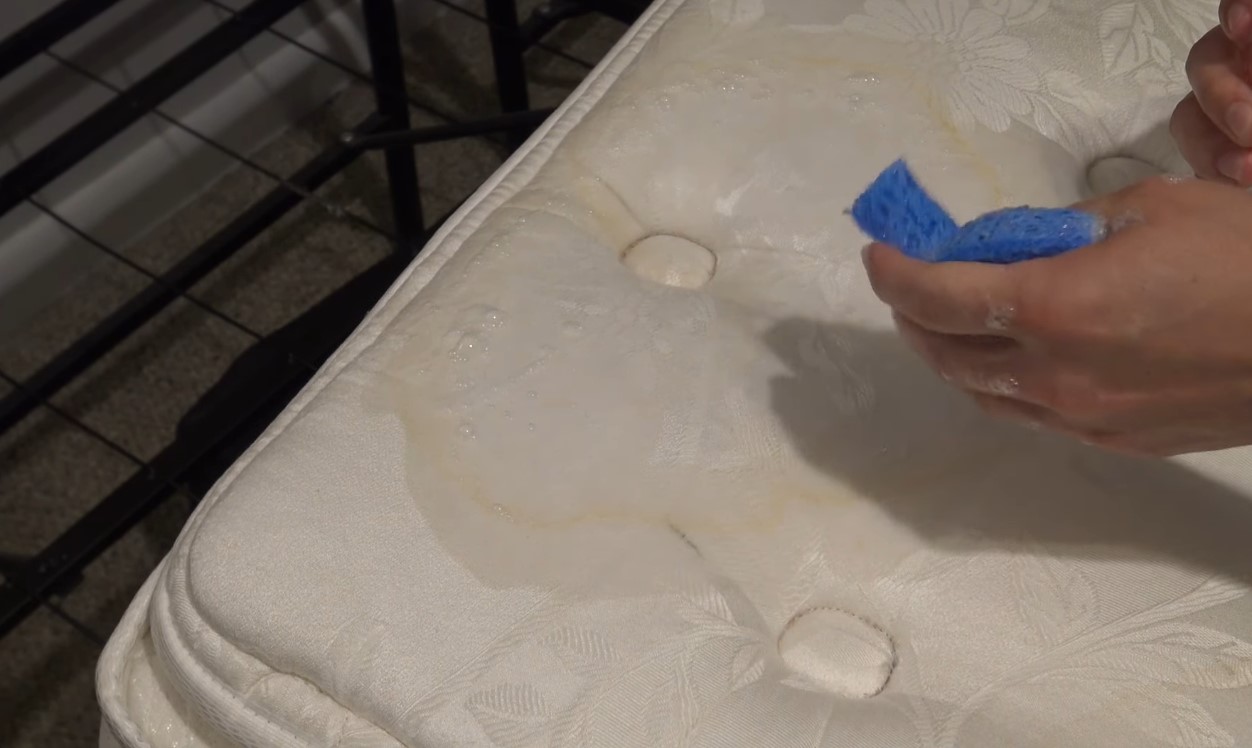

Bedroom Furniture
How To Clean Pee Off A Bed
Modified: December 7, 2023
Learn effective tips on how to clean pee off bedroom furniture and keep your bed fresh and clean. Say goodbye to stains and odors with our helpful cleaning guide.
(Many of the links in this article redirect to a specific reviewed product. Your purchase of these products through affiliate links helps to generate commission for Storables.com, at no extra cost. Learn more)
Introduction:
Accidents happen, especially when it comes to bedroom furniture. Whether you have a pet, young children, or a sudden nighttime bathroom mishap, it’s essential to know how to properly clean pee off a bed. Dealing with urine stains and odors may seem like a daunting task, but with the right materials and techniques, you can restore your bed to its pristine condition.
In this article, we will guide you through a step-by-step process to effectively clean pee off a bed. From blotting the urine to removing stains and odor, we’ll cover all the necessary steps to ensure your bed is fresh and clean.
Before we begin, let’s gather the materials you will need:
- Absorbent towels or paper towels
- Enzyme cleaner or vinegar and water solution
- Stain remover
- Odor neutralizer
- Baking soda
- Waterproof mattress protector (optional, but recommended for future accidents)
Now that you have your materials ready, let’s dive into the step-by-step process of cleaning pee off a bed.
Key Takeaways:
- Quickly blotting and treating urine stains with enzyme cleaner or vinegar solution can effectively remove odors and prevent future accidents, maintaining a fresh and clean bed.
- Implementing preventive measures like using a waterproof mattress protector and establishing bathroom routines can significantly reduce the likelihood of recurring pee stains, ensuring a comfortable sleeping environment.
Read more: How To Clean Pee Off A Mattress
Materials Needed:
Before you begin cleaning pee off a bed, it’s essential to gather the necessary materials. Having these items on hand will make the process much smoother and more effective. Here’s a list of what you’ll need:
- Absorbent towels or paper towels: These will be used to blot and soak up as much of the urine as possible. Choose towels that are highly absorbent and avoid using colored towels or ones that you wouldn’t want to stain.
- Enzyme cleaner or vinegar and water solution: Enzyme cleaners are specifically formulated to break down the proteins in urine, helping to remove both stains and odors. If you don’t have enzymatic cleaner handy, you can create a simple solution by mixing equal parts white vinegar and water.
- Stain remover: Depending on the material of your bed, you may need a specific stain remover. Look for one that is suitable for the type of fabric or upholstery you’re dealing with.
- Odor neutralizer: To combat any lingering urine odor, an odor neutralizer can be used. Look for one that is specifically designed to eliminate pet or urine odors.
- Baking soda: Baking soda is a natural deodorizer and can help absorb any residual odor. It can also help in freshening up the mattress and removing stains.
- Waterproof mattress protector (optional, but recommended): To prevent future accidents from seeping into the mattress, consider investing in a waterproof mattress protector. This will provide an extra layer of protection and make future clean-ups easier.
Having these materials readily available will ensure that you’re prepared to tackle the task of cleaning pee off a bed. Now that you have everything you need let’s move on to the step-by-step cleaning process.
Step 1: Blotting the Pee
When dealing with a fresh pee stain on a bed, the first step is to quickly blot as much of the urine as possible. This helps prevent the stain from setting deeper into the fabric and minimizes the chances of unpleasant odors lingering. Follow these steps to effectively blot the pee:
- Remove any excess urine: If there is any excess urine on the surface, carefully use a disposable glove or paper towel to remove it. Be gentle to avoid spreading the urine further.
- Blot the area: Place absorbent towels or paper towels directly on the wet spot. Gently press down on the towels to soak up the urine. Avoid rubbing the area, as this can push the urine deeper into the fabric.
- Switch towels as needed: If the towels become saturated, replace them with fresh ones. Continue blotting until you have removed as much moisture as possible.
Remember, the goal is to remove as much urine as possible before proceeding to the next steps. By blotting the area, you reduce the chance of the stain spreading and minimize the amount of urine that needs to be treated.
If the urine has already dried, you can still start with blotting. However, you may need to add a small amount of water to the stain to rehydrate it before blotting. Avoid using excessive water, as this can spread the stain further and make it more challenging to remove.
Once you’ve finished blotting the pee stain, it’s time to move on to the next step: removing the stains and odors.
Step 2: Removing Stains and Odor
After successfully blotting the pee from the bed, it’s time to focus on removing any stains and lingering odors. Follow these steps to effectively eliminate stains and odor:
- Apply an enzyme cleaner or vinegar and water solution: Apply your chosen enzyme cleaner directly to the stained area. If you’re using a vinegar and water solution, mix equal parts white vinegar and water in a spray bottle and spray it onto the stain. Allow the cleaner or solution to sit on the stain for a few minutes to break down the urine proteins.
- Blot the stain: Using clean towels or paper towels, gently blot the stained area. Start from the outer edges of the stain and work your way towards the center. Avoid rubbing or scrubbing as it can damage the fabric and spread the stain.
- Rinse the area (optional): If you’re using an enzyme cleaner, check the product instructions to see if rinsing is necessary. Some cleaners are designed to be left on the stain, while others require rinsing. If rinsing is required, dampen a clean cloth with water and gently blot the area to remove any residue.
- Repeat if necessary: For stubborn stains, you may need to repeat the cleaning process. Apply the cleaner or vinegar and water solution again, let it sit, and blot as before. Repeat until the stain is no longer visible.
Remember to follow the instructions on the specific cleaner you’re using to achieve the best results. Enzyme cleaners and vinegar are effective at breaking down urine stains and eliminating odors, but be sure to use them in the recommended quantities.
Once you have successfully removed the urine stains, it’s time to move on to tackling any lingering odors.
Blot the area with a clean towel to soak up as much urine as possible. Mix equal parts water and white vinegar, then spray the solution onto the affected area and let it sit for 5-10 minutes. Blot again with a clean towel, then sprinkle baking soda over the area and let it sit for a few hours before vacuuming it up.
Step 3: Deodorizing the Bed
Even after removing the urine stains, unpleasant odors can sometimes linger on the bed. To ensure your bed smells fresh and clean, follow these steps to effectively deodorize it:
- Apply an odor neutralizer: After removing the urine stains, spray or apply an odor neutralizer directly onto the affected area. Look for a product that is specifically designed to eliminate pet or urine odors. Follow the instructions on the product for the best results.
- Spread a thin layer of baking soda: Baking soda is a natural deodorizer and can help absorb any residual odor. Sprinkle a thin layer of baking soda over the entire stained area, and gently rub it into the fabric using a clean cloth or a soft-bristle brush.
- Let it sit: Allow the baking soda to sit on the bed for at least 15-30 minutes. This will give it time to absorb the odors. If the weather permits, you can also leave the bed outside in a well-ventilated area to further air it out.
- Vacuum or wipe away the baking soda: After the baking soda has had time to work, vacuum or wipe it away using a clean cloth or vacuum cleaner with an upholstery attachment. Make sure to thoroughly remove all the baking soda from the bed.
By using an odor neutralizer and baking soda, you can effectively eliminate any lingering urine odors and leave your bed smelling fresh and clean.
Now that you’ve deodorized the bed, it’s time to move on to the next step: drying the bed.
Read more: How To Clean Pee Stain Off A Mattress
Step 4: Drying the Bed
Properly drying the bed is crucial to prevent mold and mildew growth. Follow these steps to ensure your bed is thoroughly dried:
- Remove excess moisture: Using clean towels or paper towels, gently press down on the damp area to absorb any remaining moisture. Repeat this process until the towels come away relatively dry.
- Allow air circulation: Open windows or turn on fans to improve air circulation in the room. This will help facilitate the drying process and prevent trapped moisture.
- Avoid direct heat: While it may be tempting to use a hairdryer or apply direct heat to speed up the drying process, it is best to avoid this as it can potentially damage the fabric. Allow the bed to air-dry naturally.
- Use a dehumidifier: If you live in a humid climate or the room lacks proper ventilation, consider using a dehumidifier. This will help remove excess moisture from the air, aiding in the drying process.
- Check for dampness: Once you believe the bed is dry, use your hand to check for any remaining dampness. If it feels dry to the touch, it is ready for use. If there is still dampness, continue allowing it to air dry until fully dry.
It is important to ensure that the bed is completely dry before placing any sheets or bedding back on it. This will help prevent the growth of mold, mildew, and bacteria, which can lead to unpleasant smells and potential health issues.
Now that your bed is clean and dry, let’s move on to the final step: taking preventive measures to avoid future accidents.
Step 5: Preventive Measures
After investing time and effort into cleaning pee off a bed, it’s important to take preventive measures to avoid future accidents. Here are some steps you can take to help prevent urine stains and odors:
- Use a waterproof mattress protector: Consider using a waterproof mattress protector to add an extra layer of protection to your bed. These protectors are designed to repel liquids and prevent them from seeping into the mattress.
- Establish bathroom routines: If you have young children or pets, establish a consistent bathroom routine. Encourage regular bathroom breaks and provide easy access to the nearest restroom or a designated pet toilet area.
- Train pets: If you have pets, invest time in their training to prevent accidents. Use positive reinforcement techniques to encourage proper bathroom habits and discourage peeing on the bed or furniture.
- Keep liquids away from the bed: Avoid allowing drinks or other liquids near the bed to minimize the risk of spills or accidents.
- Clean accidents promptly: In the event of future accidents, clean them as soon as possible to prevent stains and odors from setting in. Follow the same cleaning process mentioned in the previous steps.
By implementing these preventive measures, you can significantly reduce the likelihood of dealing with recurring pee stains and odors on your bed. Remember that accidents can happen, but being proactive can go a long way in maintaining a clean and fresh sleeping environment.
With the completion of these preventive measures, you’ve learned how to effectively clean pee off a bed and take steps to prevent future incidents.
Congratulations on successfully restoring your bed to its pristine condition!
By using the right materials and following the step-by-step process outlined in this article, you can quickly and efficiently clean pee off a bed, eliminating stains and odors effectively.
Remember, accidents happen, but with the knowledge and tools at your disposal, you can keep your bed fresh, clean, and comfortable.
Now, go enjoy a good night’s sleep in your clean and odor-free bed!
Conclusion:
Accidents involving urine on a bed can be a cause for concern, but with the right knowledge and tools, it is possible to effectively clean and restore your bed. By following the step-by-step process outlined in this article, you can easily remove pee stains, eliminate odors, and prevent future incidents.
Remember to start by promptly blotting the pee to remove as much moisture as possible. Then, proceed to treat the stained area with an enzyme cleaner or vinegar and water solution, gently blotting to remove the stain. Deodorizing the bed using an odor neutralizer and baking soda will help eliminate any lingering odors.
Properly drying the bed is essential to prevent the growth of mold and mildew, so ensure that the bed is completely dry before putting back any bedding or sheets. Finally, take preventive measures to avoid future accidents, such as using a waterproof mattress protector and establishing bathroom routines for pets and young children.
With these steps in mind, you can maintain a fresh, clean, and odor-free bed, creating a comfortable sleeping environment for yourself and your loved ones.
Remember, accidents happen, but by being proactive and knowing how to handle them, you can ensure that urine stains and odors are quickly and effectively addressed. Rest easy knowing that you have the tools and knowledge to keep your bed in pristine condition.
So, the next time an accident occurs, don’t panic. Take a deep breath, gather the necessary materials, and follow the step-by-step process outlined in this article to clean pee off a bed. Your bed will thank you, and you can enjoy a comfortable and hygienic sleep experience.
Now go forth armed with this valuable information and face any pee accidents on your bed with confidence!
Frequently Asked Questions about How To Clean Pee Off A Bed
Was this page helpful?
At Storables.com, we guarantee accurate and reliable information. Our content, validated by Expert Board Contributors, is crafted following stringent Editorial Policies. We're committed to providing you with well-researched, expert-backed insights for all your informational needs.

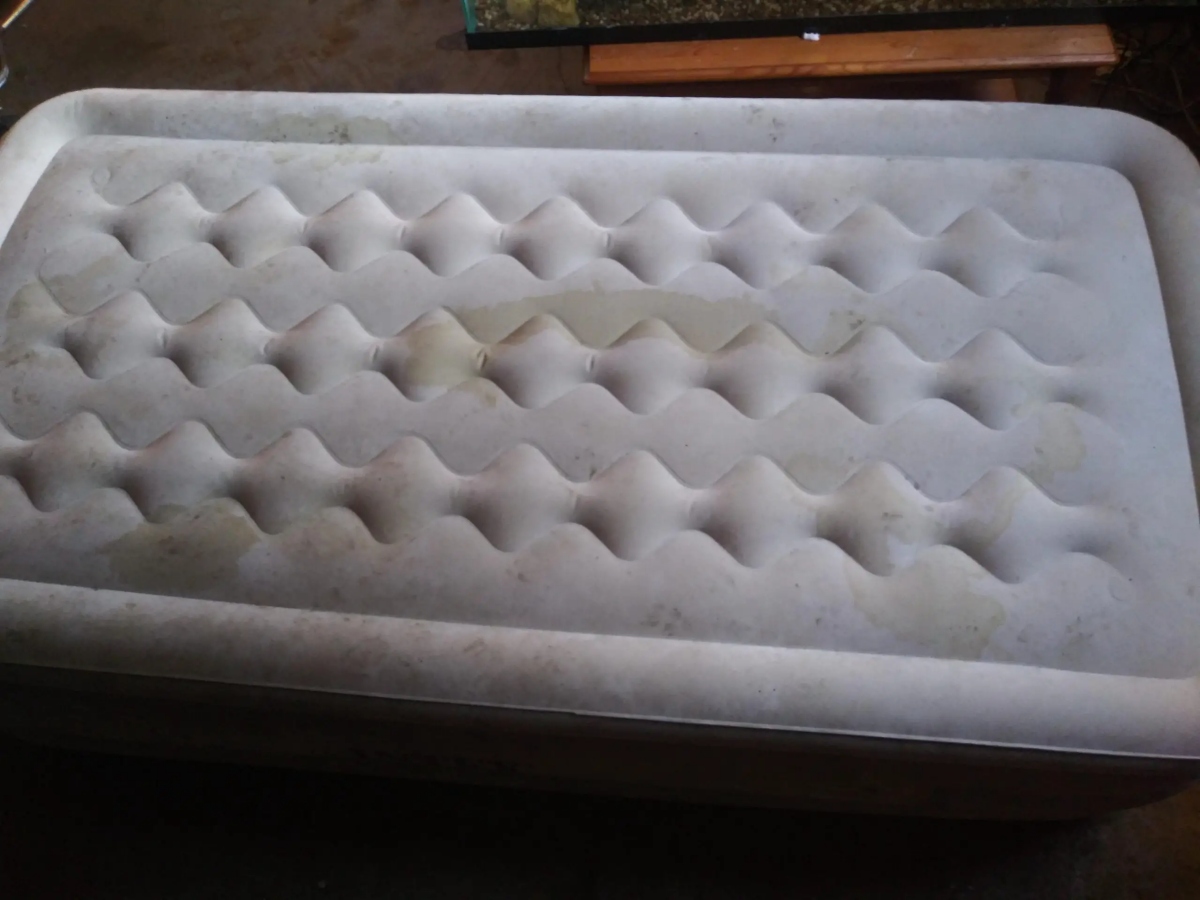
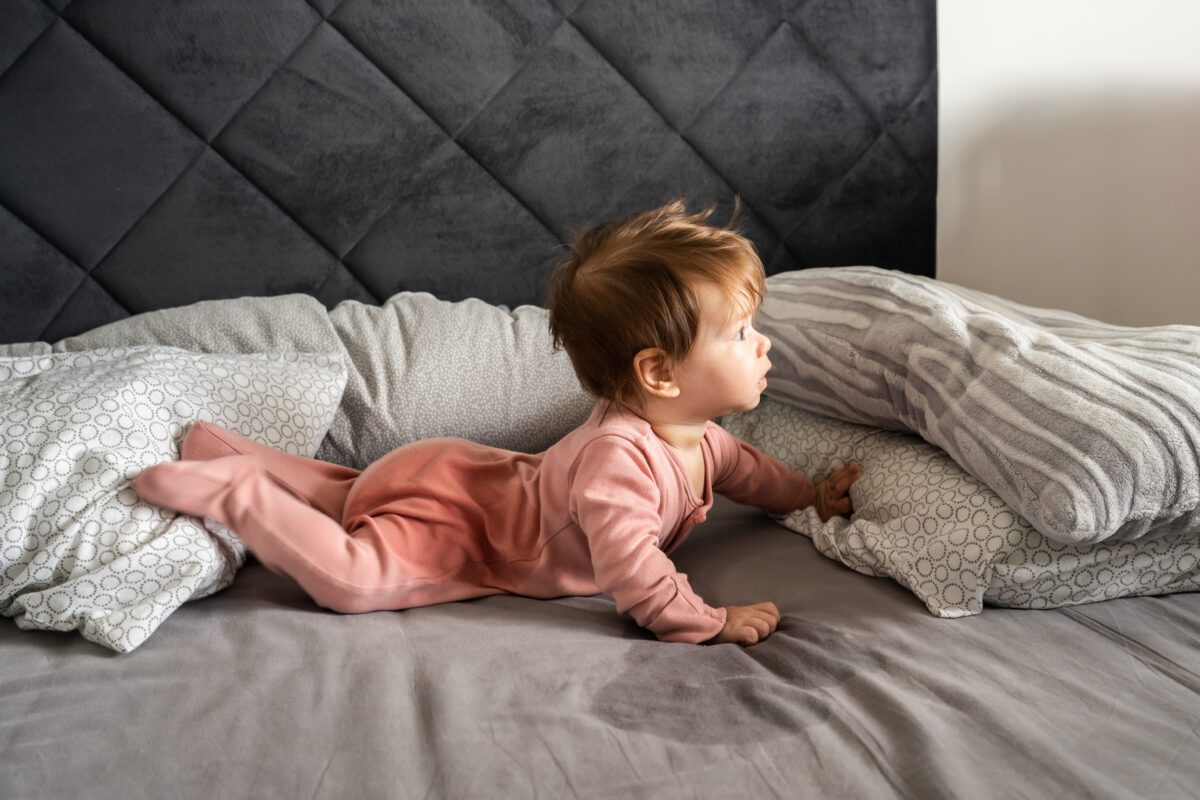
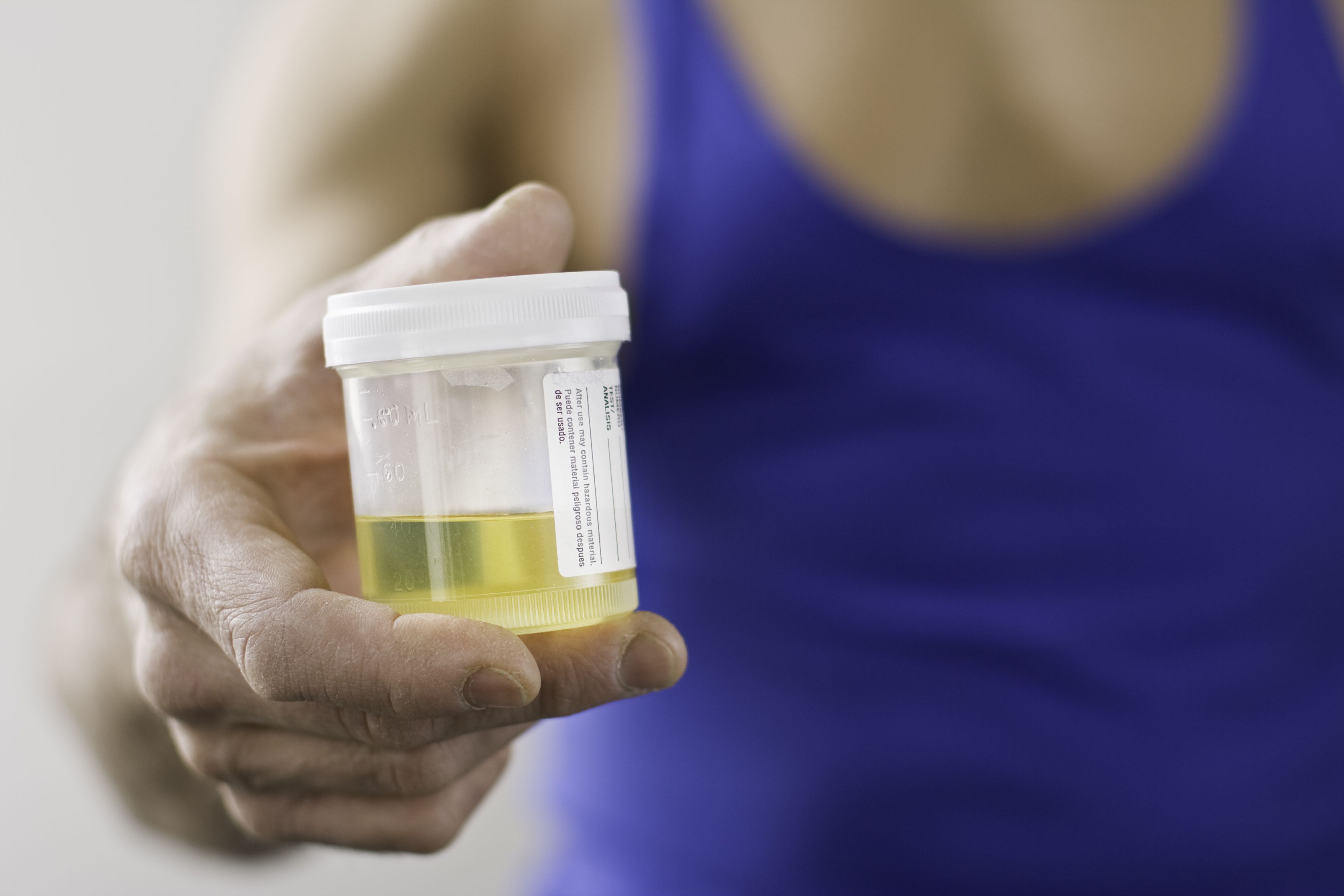
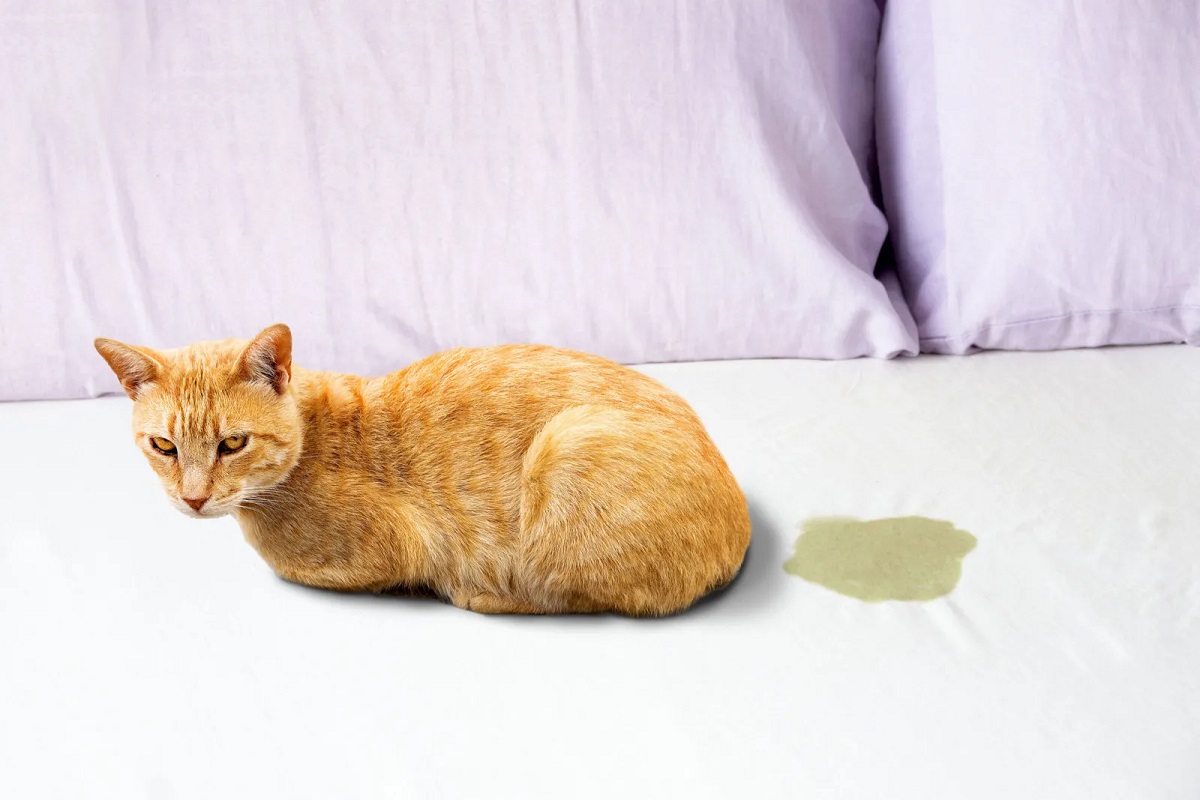
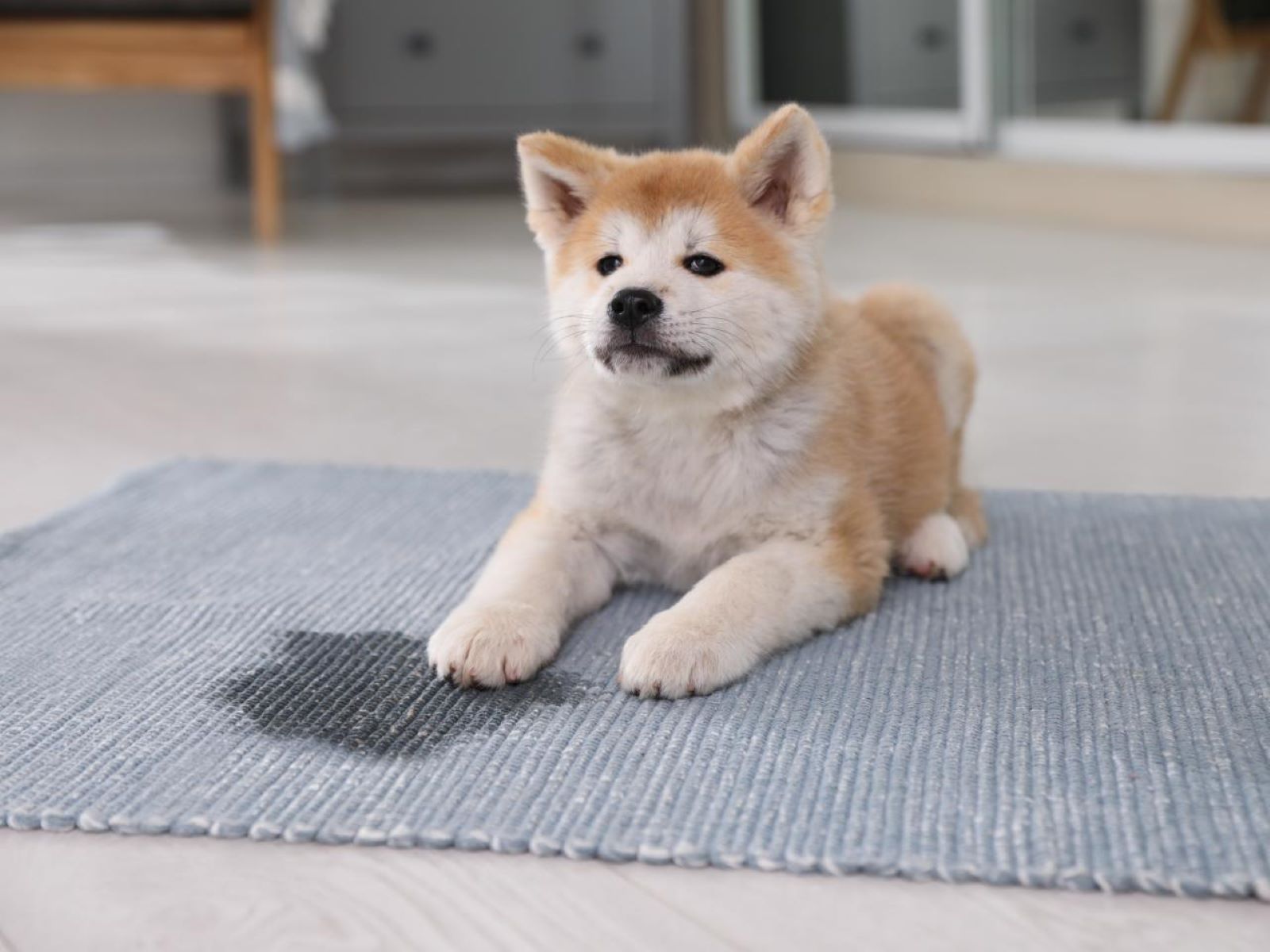

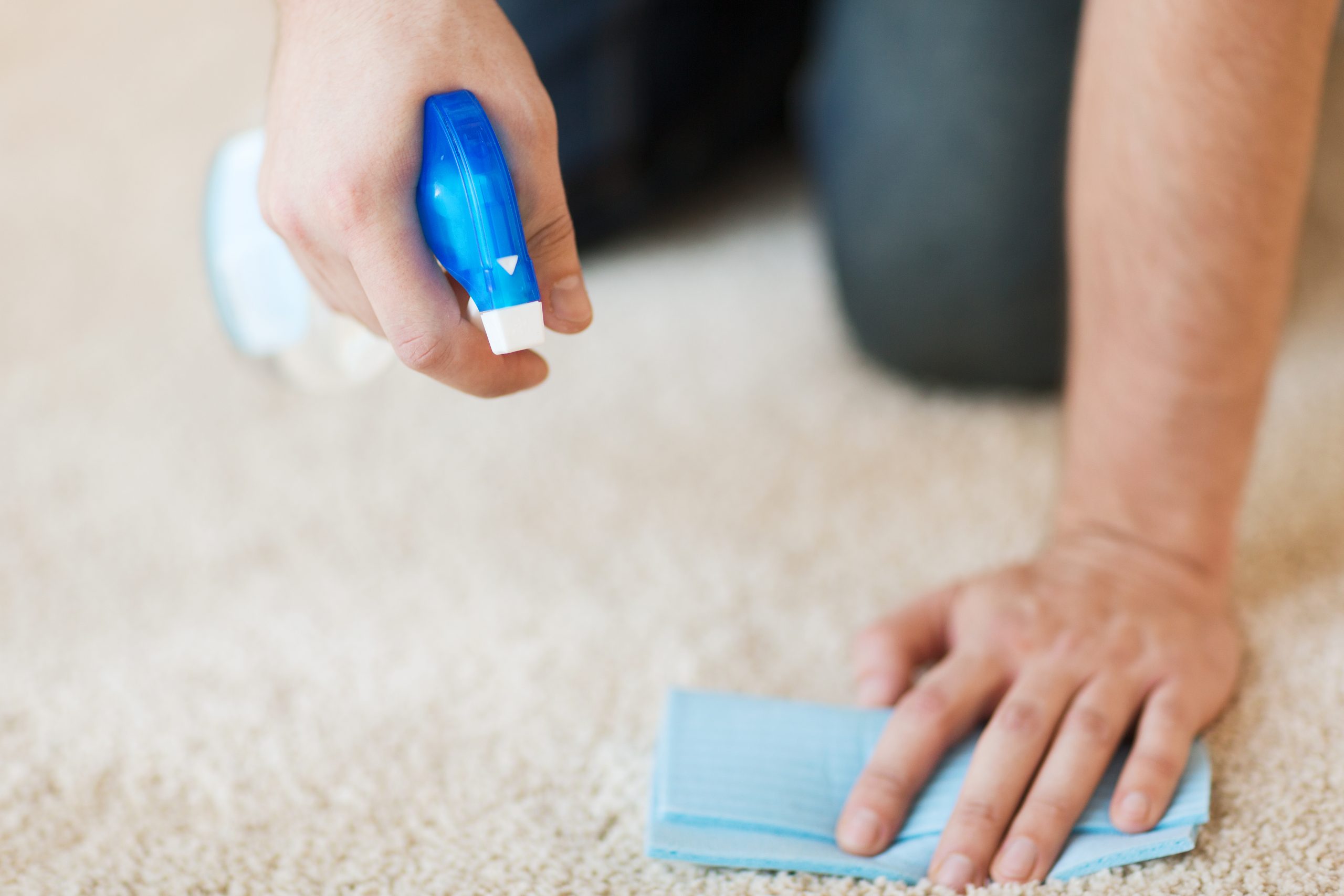
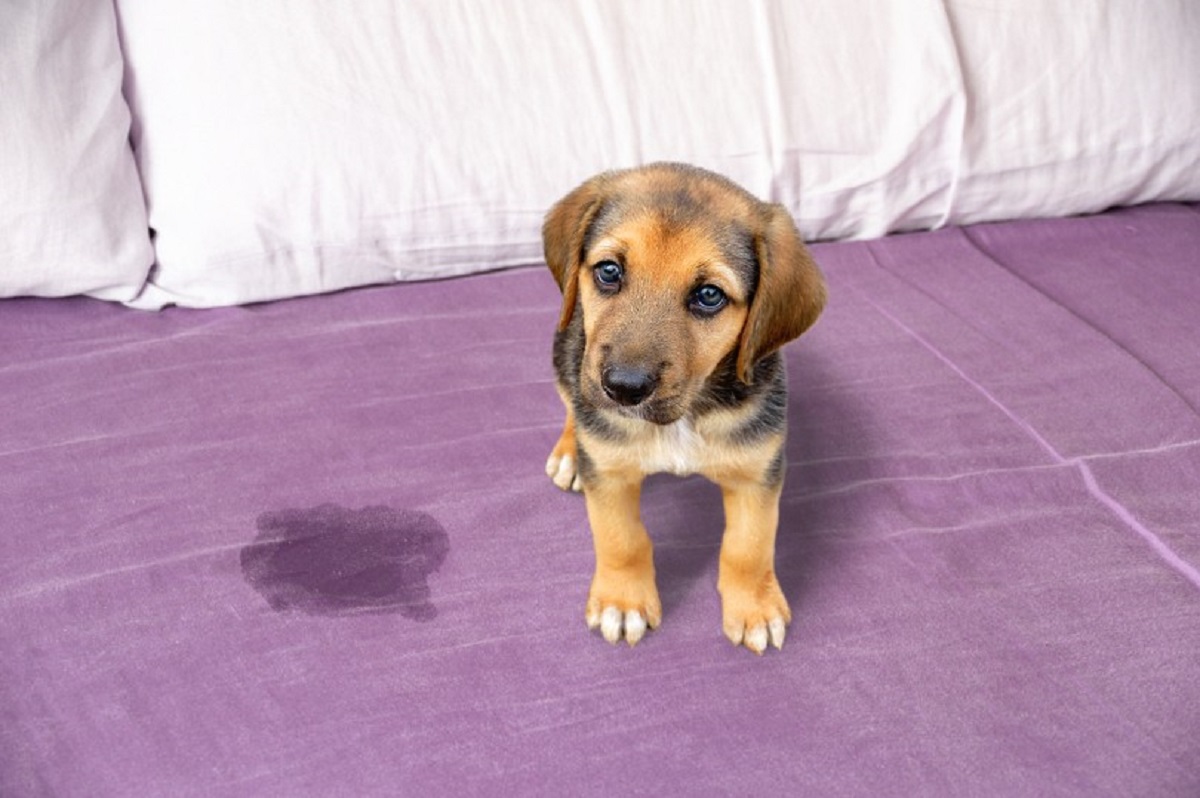
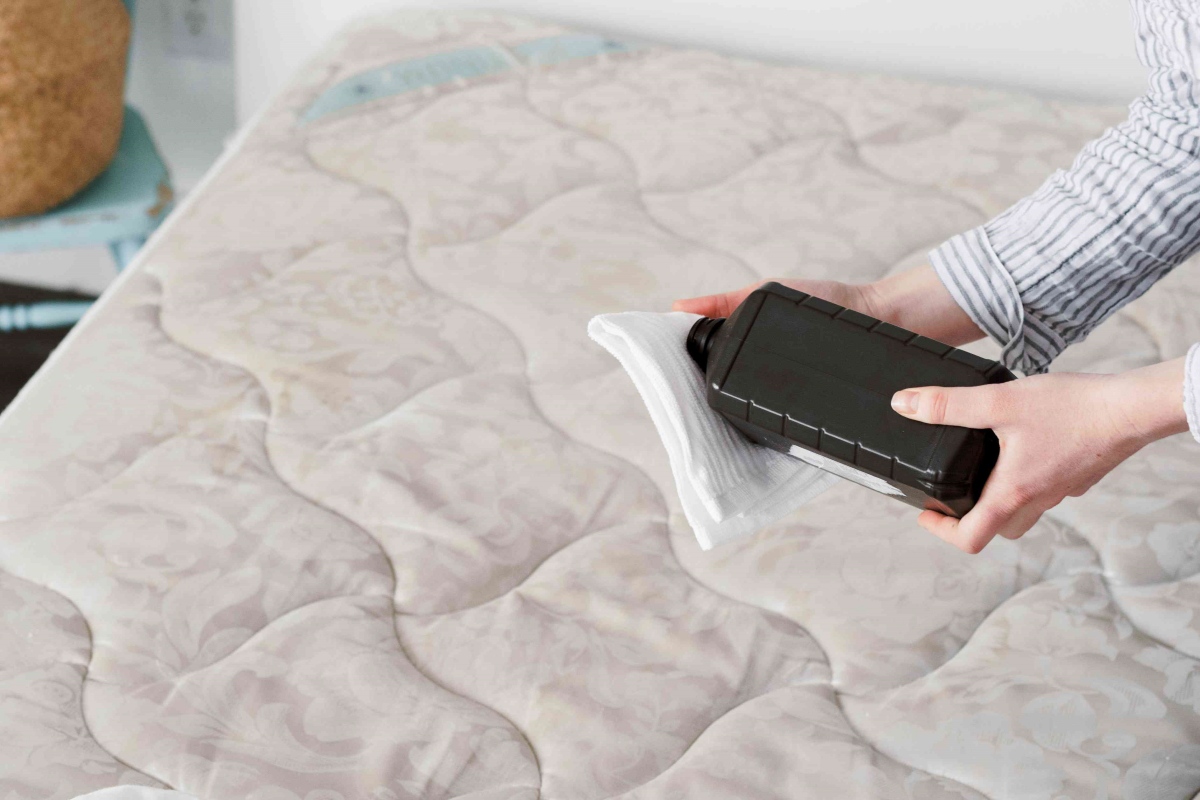
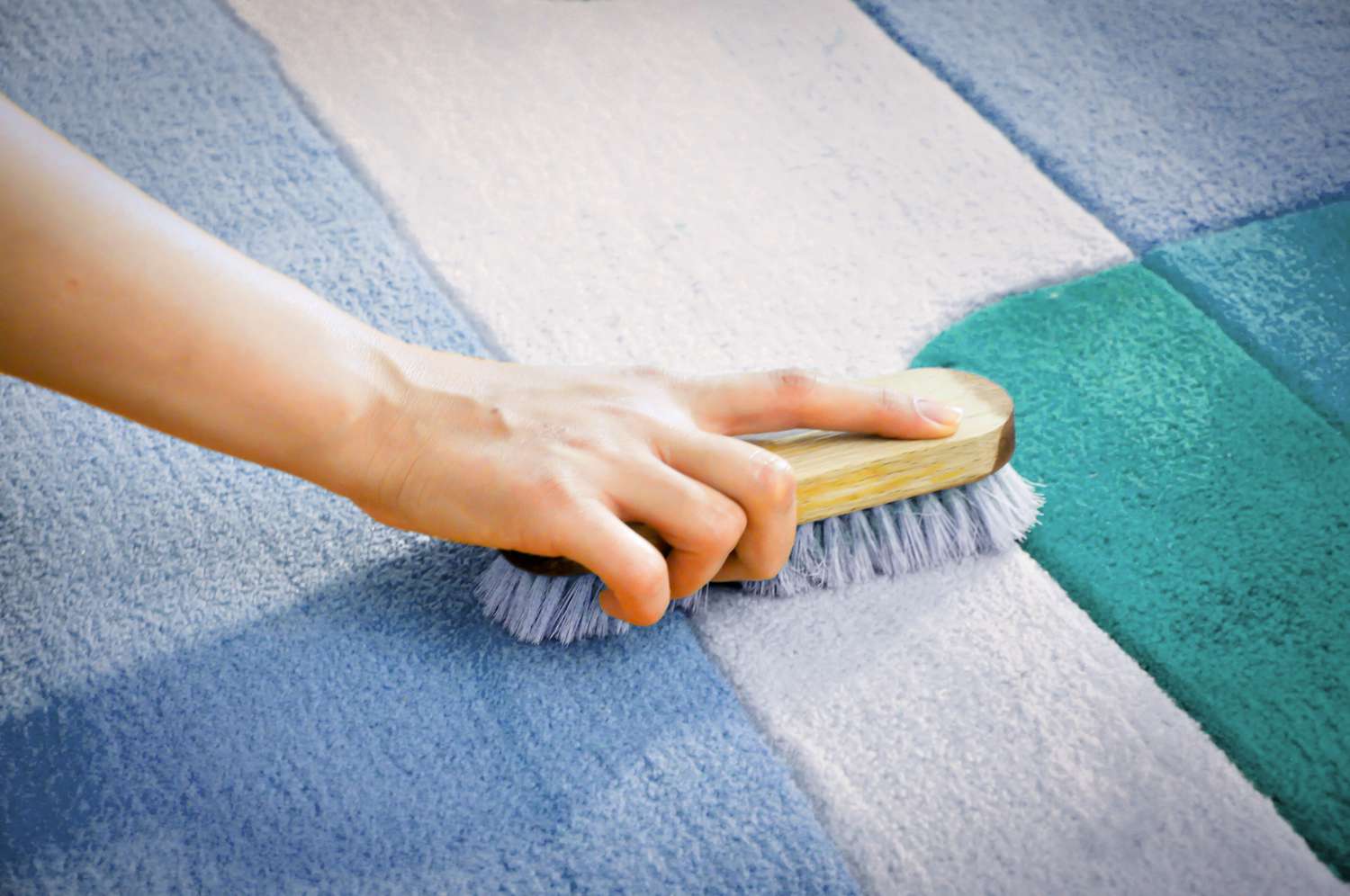
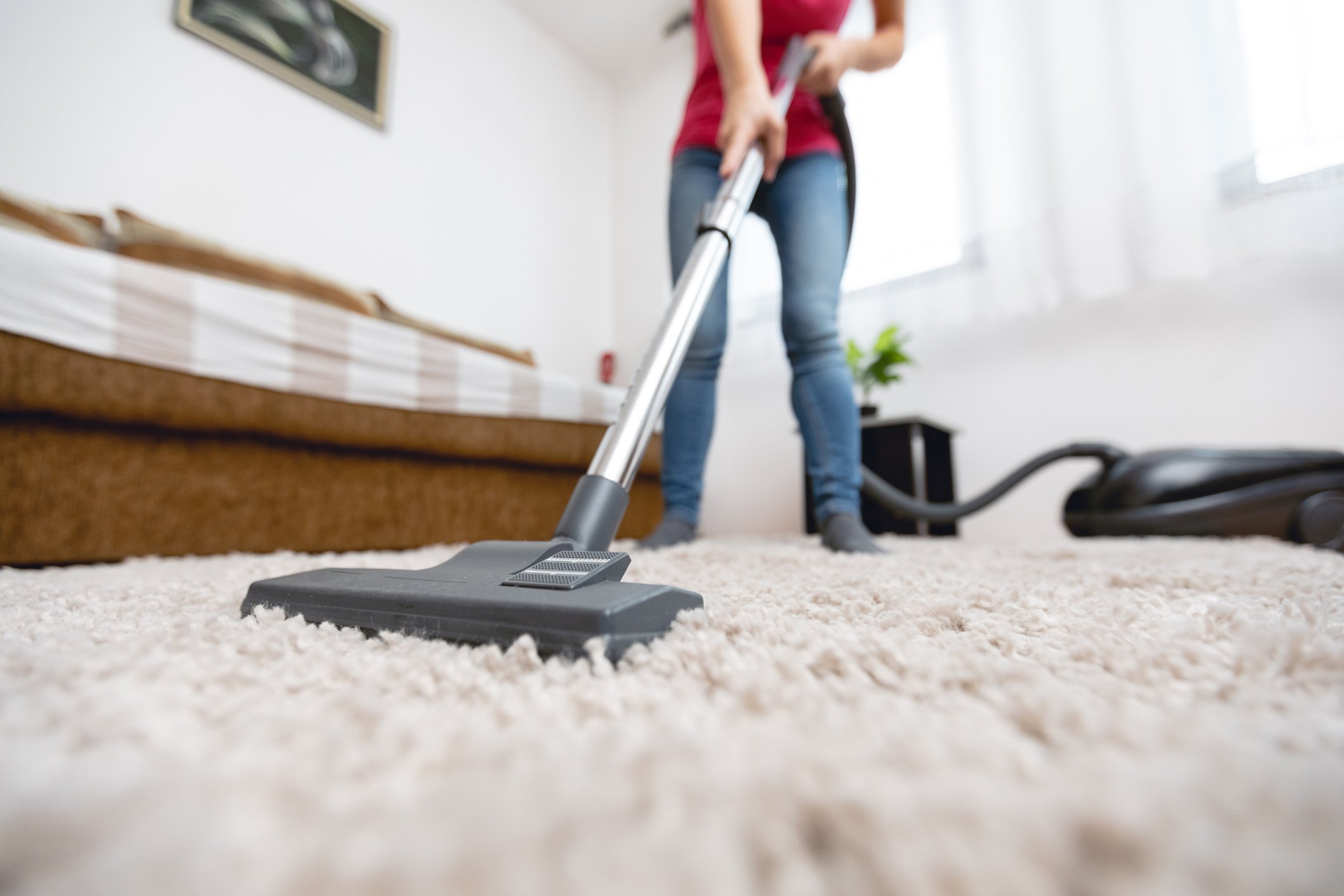



0 thoughts on “How To Clean Pee Off A Bed”